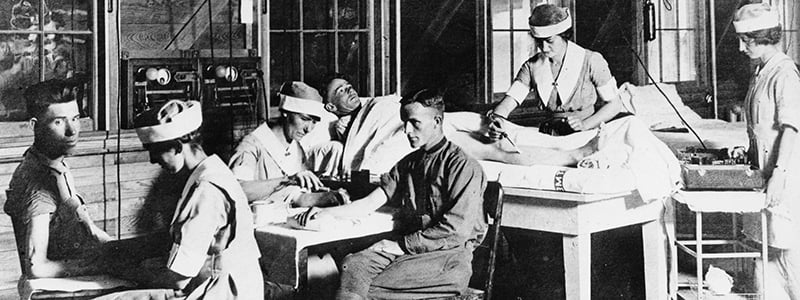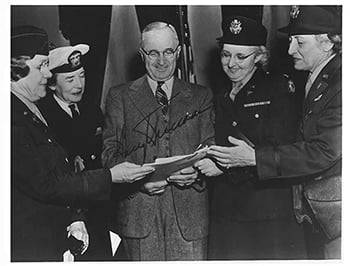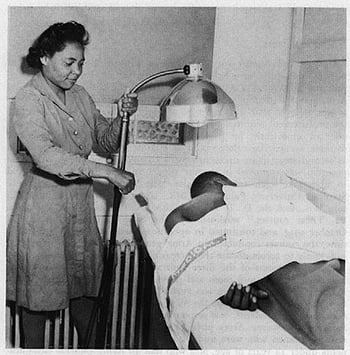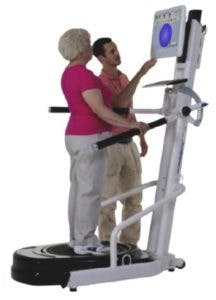Healthy bones can help you stay strong and active throughout your life. If good bone health is achieved during childhood and maintained, it can help to avoid bone loss and fracture later in life. For healthy bones, it is important to maintain a physically active lifestyle and eat a balanced diet with plenty of calcium, vitamin D, and perhaps other supplements as needed. Physical therapists can design a unique program for you to help keep your bones healthy.
Osteoporosis is a common bone disease that affects both men and women (mostly women), usually as they age. It is associated with low bone mass and thinning of the bone structure, making bones fragile and more likely to break.
Some people are more at risk for osteoporosis than others. Not all risk factors can be changed, but healthy habits and a proper exercise routine designed by your physical therapist can keep bones healthy and reduce risk. Risk factors* include:
- Age: More common in older individuals
- Sex: More common in women
- Family History: Heredity
- Race and Ethnicity: Affects all races. In the US, increased risk for Caucasian, Asian, or Latino
- Weight: Low body weight (small and thin)
- Diet, especially one low in calcium and vitamin D
- History of broken bones
- Menopause
- Inactive lifestyle
- Smoking
- Alcohol abuse
- Certain medications, diseases, and other medical conditions
Physical therapists can help prevent osteoporosis and treat its effects by designing individualized exercise programs to benefit bone health, improve posture, and enhance core stability and balance. Most of these exercises are simple and can be done at home with no special equipment.
Bone Health Begins With Good Posture
Physical therapists recommend good posture and safe movements to protect bones from fracture during daily activities. Using proper posture and safe body mechanics during all activities protects the spine against injury. Here are some tips:
- Keep your back, stomach, and leg muscles strong and flexible.
- Do not slouch.
- Use good body positioning at work, home, or during leisure activities.
- Ask for help when lifting heavy objects.
- Maintain a regular physical fitness regimen. Staying active can help to prevent injuries.
Fight Fracture with Fitness
Inactivity is a major risk factor for osteoporosis. The right exercises and good habits can keep bones strong and prevent or reverse the effects of osteoporosis. Weight-bearing exercise, such as walking, is an important way to build and maintain healthy bones. Muscle-strengthening exercises have been found to stimulate bone growth and can help prevent and treat osteoporosis. These types of exercises are best if started early in life and done regularly. However, it is important to remember that you can begin exercising at any age and still reap great benefits.
If you have osteoporosis, are at high risk for a fall or fracture, or have a medical condition, affecting your ability to exercise, do not begin an exercise program without first consulting your physician and a physical therapist.
Avoid exercises and daily activities which round the spine, such as sit-ups, crunches, bending down to tie your shoes, exercise machines that involve forward bending of the trunk, and movements and sports that round and twist the spine.
Physical therapists are movement experts who improve quality of life through hands-on care, patient education, and prescribed movement.
_______
source:choosept.com/health-tips/bone-health-what-you-should-know









